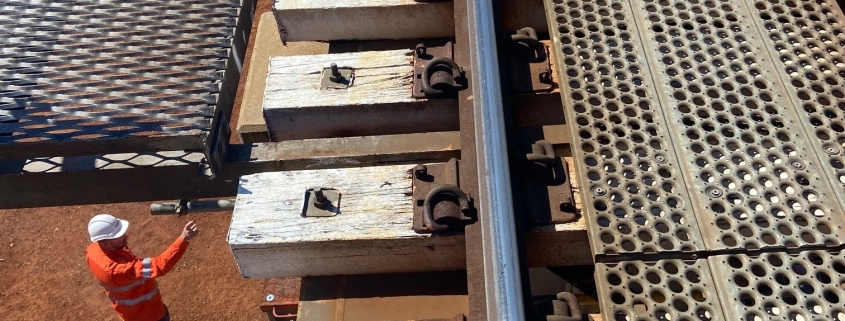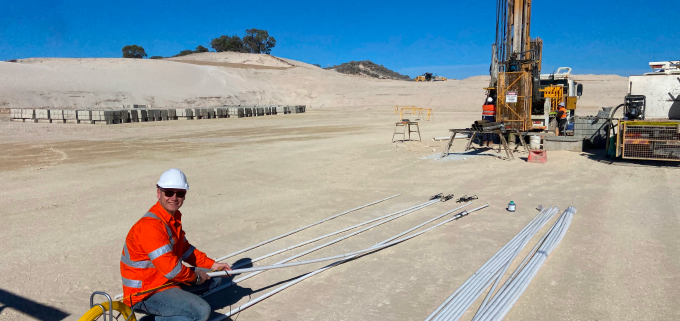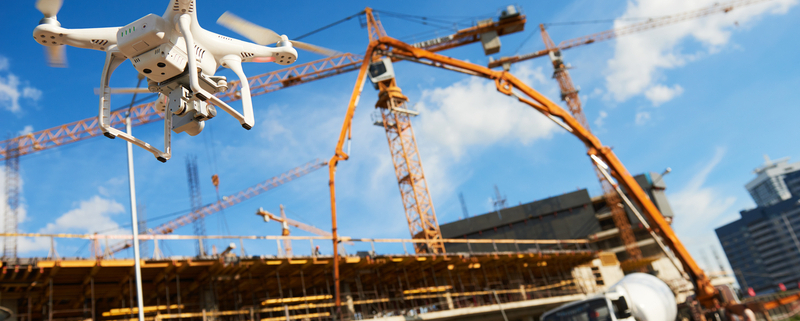The Importance of Inclinometers in Structural Integrity Assessments
Structural movement is a major concern in geotechnical and structural engineering projects. If undetected, even small shifts in conditions can lead to instability, structural damage and safety risks.
Monitel creates tailored structural monitoring systems that allow you to assess the health of your site and take appropriate action. Inclinometers play a crucial role in these assessments, providing real-time data on angular displacement and movement.
Our continuous tracking and data acquisition systems give stakeholders the data to identify risks early and ensure regulatory compliance.
This article explains where, when and why we think it is critical to integrate inclinometers into monitoring solutions. If you you would prefer to speak directly with a member of our team, you can contact Monitel at admin@monitel.com.au or on (08) 6219 8284.
What We Use Inclinometers For
Our solutions can be used across multiple industries to assess ground movement and structural shifts.
We integrate inclinometers into systems that monitor:
- Retaining Wall Stability – Detecting lateral movement that could compromise wall integrity.
- Deep Excavations – Tracking soil displacement to prevent collapse or settlement.
- Tunnel and Mining Operations – Monitoring underground structures for shifts due to excavation or seismic activity.
- Bridge and Tailings Dam Monitoring – Ensuring long-term stability by measuring foundation movement.
- Landslide and Slope Assessments – Providing early warnings of slope instability to prevent failures.
Given these deployments, inclinometers are most useful for industries such as:
- Construction – Monitoring temporary and permanent retaining structures.
- Mining – Assessing wall stability in open pits and underground mines.
- Transportation Infrastructure – Ensuring safety in road, rail and tunnel projects.
- Environmental and Geotechnical Studies – Tracking natural ground movement for long-term safety analysis.
Why Inclinometers Are Important
Inclinometers offer accurate, real-time movement detection, crucial for preventing structural failures and ensuring operational safety.
Without proper monitoring, small displacements can escalate into costly damage or catastrophic failures.
An inclinometer provides:
- An Early Warning System – Detects minor shifts before they develop into major structural issues.
- Regulatory Compliance – Helps meet government and industry safety standards.
- Cost Reduction – Avoids expensive repairs by enabling preventative maintenance.
- Data-Driven Decision Making – Provides engineers with real-time insights to optimize structural stability plans.
Monitel’s Inclinometer Range
We stock a range of high-precision inclinometers to support structural monitoring. They include:
The IPI is a continuous monitoring system designed to track lateral ground and structural movement over time. Installed within inclinometer casing, it provides automated data collection and real-time monitoring of angular displacement.
This sensor detects twisting and misalignment in inclinometer casings, ensuring that measurements remain accurate and reliable over long-term monitoring periods.
XC Inclinometer Casing
A high-strength ABS plastic casing designed to house inclinometer probes securely. Its precision-machined keyways provide consistent probe alignment for accurate displacement readings.
QJ Inclinometer Casing
Designed for high-precision inclinometer installations, this casing features self-aligning joints and rigid construction, reducing measurement errors and improving long-term data accuracy.
Create a Structural Monitoring System with Monitel
Inclinometers are a cornerstone of our structural and geotechnical monitoring solutions.
For industries such as construction, mining and infrastructure, ensuring regulatory compliance, early risk detection and cost-effective maintenance solutions.
Integrating advanced sensors with automated data acquisition, we deliver real-time, actionable insights to identify potential risks before they escalate into failures.
If you would be interested in using inclinometers (or any other sensors) on your site, you can contact Monitel at admin@monitel.com.au or on (08) 6219 8284.



